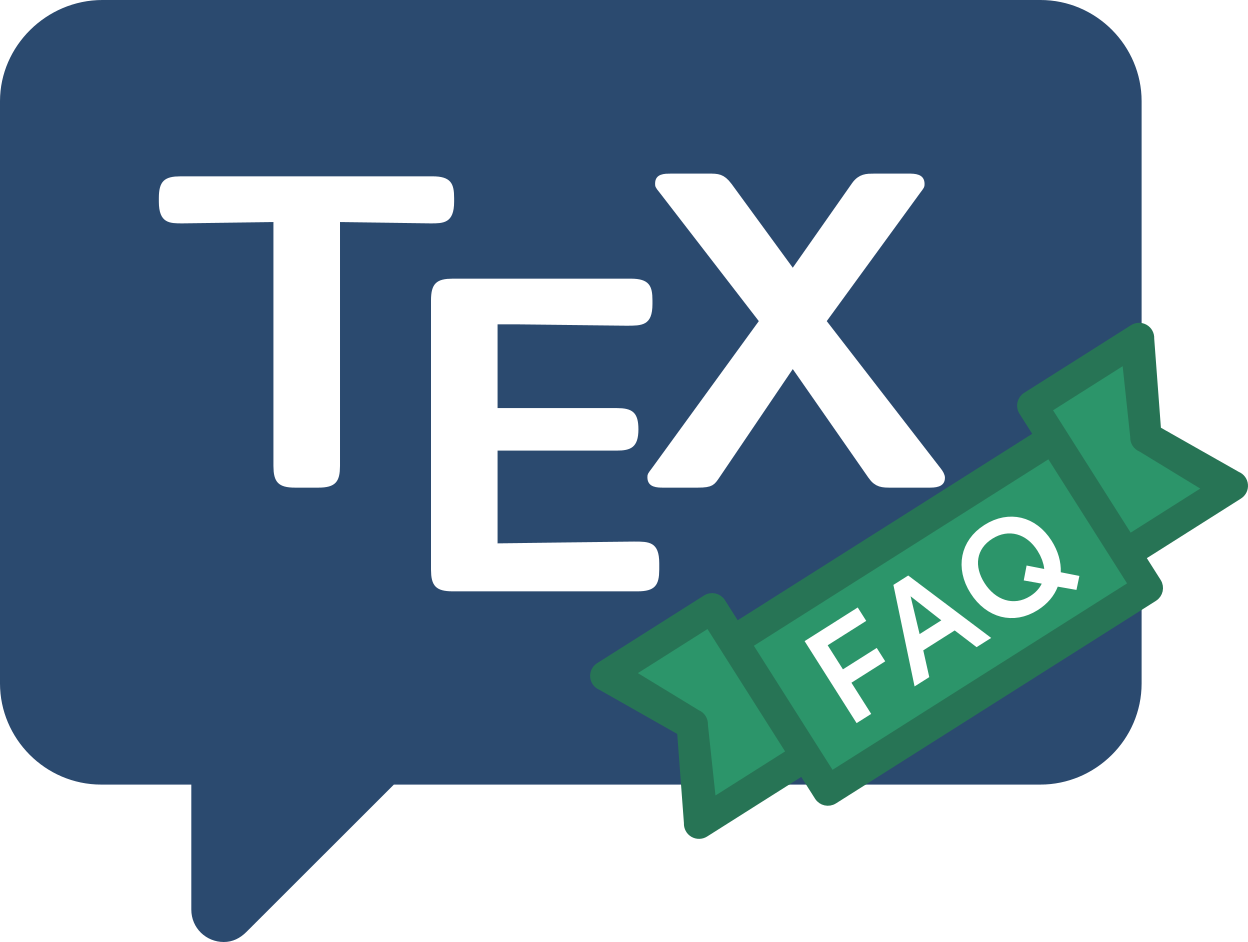
Frequently Asked Question List for TeX
Formatting
Unnumbered sections in the Table of Contents
The way the relevant parts of sectioning commands work is exemplified
by the way the \chapter command uses the counter secnumdepth
(described in Appendix C of the LaTeX manual):
- put something in the
auxfile, which will appear in thetoc; - if the
secnumdepthcounter is greater than or equal to zero, increase the counter for the chapter and write it out. - write the chapter title.
Other sectioning commands are similar, but with other values used in the test.
So a simple way to get headings of funny “sections” such as prefaces in the table of contents is to use the counter:
\setcounter{secnumdepth}{-1}
\chapter{Preface}
Unfortunately, you have to set secnumdepth back to its usual
value (which is 2 in the standard styles) before you do any “section”
which you want to be numbered.
Similar settings are made, automatically, in the LaTeX book class by
the \frontmatter and \backmatter commands.
The value of the counter tocdepth controls which headings
will be finally printed in the table of contents; it is normally set
in the preamble and is a constant for the document. The package
tocvsec2 package takes the tedium out of changing the
secnumdepth and/or the tocdepth counter values at
any point in the body of the document; the commands (respectively)
\setsecnumdepth and \settocdepth make the changes based on
the name of the sectional unit (chapter,
section, etc.).
The package abstract (see
one-column abstracts) includes an option
to add the abstract to the table of contents, while the
package tocbibind has options to include the table of
contents itself, the bibliography, index, etc., to
the table of contents.
The KOMA-Script classes have commands \addchap and
\addled, which work like \chapter and \section but
aren’t numbered. The memoir class incorporates the facilities
of all three of the abstract, tocbibind and
tocvsec2 packages.
FAQ ID: Q-secnumdep
Tags: toc–index